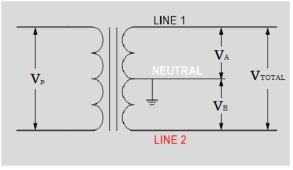hi, yes I know its a dumb question but I'm still going to ask - USA system- say I want to use a 230v inverter( for example growatt 5000) to power a 240v only load. there will be incoming 240v grid power into the unit.
question is - is there still a ground neutral bond required when there is no "neutral" per se in the system, (HOT HOT GROUND) or does one hot leg become the Neutral? (HOT NEUTRAL GROUND)
thanks
question is - is there still a ground neutral bond required when there is no "neutral" per se in the system, (HOT HOT GROUND) or does one hot leg become the Neutral? (HOT NEUTRAL GROUND)
thanks



